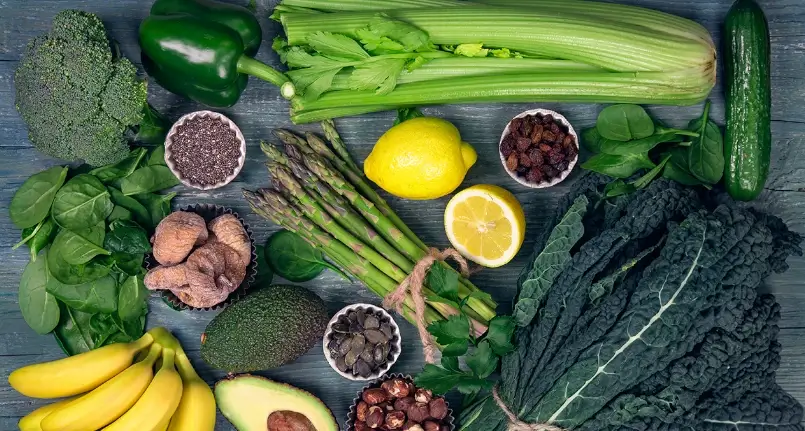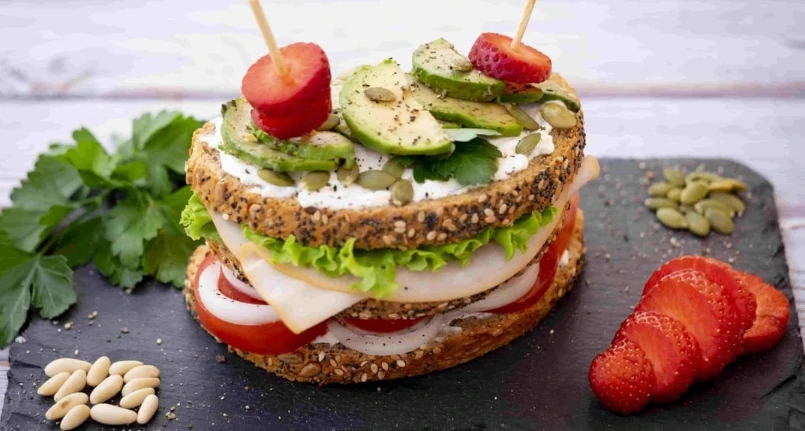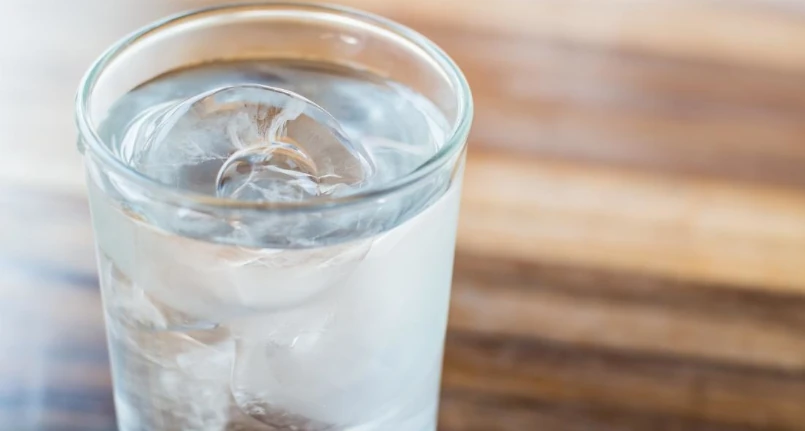Introduction
When we talk about rennet , we usually refer to all those coagulants that are added to the milk to obtain the curd and to produce the cheese . Actually, the only coagulant that deserves the name of rennet is that of animal origin , also called rennet .
In addition to animal rennet, there are others capable of promoting coagulation.
- One of them is the vegetable coagulant , which is extracted from the flowers of the thistle or the green parts of the fig tree . Vegetable coagulants are used to make goat’s cheese , soft cheese or yoghurt , also suitable for those who have chosen a vegetarian diet .
- Another possibility to produce the curd is to use the microbial coagulant, consisting of proteolytic enzymes extracted from some types of molds or fungi. This type of rennet is responsible for a lower production yield and gives the cheese a more bitter taste. It is mostly found in industrially produced cheeses.
- A third way is offered by the coagulant obtained from fermentation by genetically modified microorganisms (FPC). It is a substance containing only one enzyme, genetic chymosin, obtained by modifying the DNA of some bacteria . In Italy it is forbidden to use it for PDO and BIO cheeses.




